(2025 Mold Flipper Buyer's White Paper): Avoid These 3 Common Purchasing Traps
Hello, I'm Vincent Liu, founder of SHJLPACK. I started my journey as an engineer on the factory floor. I learned firsthand how a single piece of equipment can make or break a production line. Now, after building my own successful packing machine factory, I want to share what I've learned. You are planning a significant investment in a new mold flipper for 2025. This is a critical decision. A wrong choice can lead to unexpected downtime, safety hazards, and a purchase that costs you far more than the initial price tag. Imagine your brand-new machine failing during a peak production run. Or discovering it cannot communicate with your plant's management system. The initial savings you celebrated are quickly erased by operational losses and frustration. I have seen these costly mistakes happen many times. This white paper is my way of giving back. I will guide you through the three most common purchasing traps so you can make a smart, secure, and profitable investment.
The most common purchasing traps to avoid when buying a mold flipper are: focusing only on the initial low price, which hides long-term costs; overlooking essential customization and integration needs for your specific workflow; and ignoring the critical importance of after-sales support and a long-term supplier partnership. Avoiding these pitfalls is key to a successful investment.
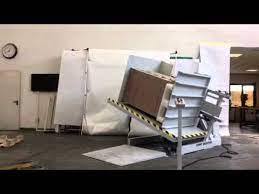
Investing in a mold flipper is about more than just buying a machine. It's about enhancing your operational efficiency, ensuring safety, and future-proofing your production line. Each of the traps I mentioned represents a risk to these goals. Let's break them down one by one. I will provide a deeper analysis of each trap. This will give you the knowledge to ask the right questions and choose a supplier who is a true partner in your success.
Are You Focusing Only on the Initial Purchase Price?
It is easy to look at several quotes and pick the one with the lowest number. It makes the budget look good. It seems like a quick and easy win for your company's finances. You might even feel proud of securing a "good deal" for your plant. But this feeling is often temporary. That low price tag can be a mask. It often hides much larger costs down the road. Higher energy consumption, frequent maintenance needs, expensive proprietary spare parts, and a shorter operational life can turn the "cheapest" machine into the most expensive piece of equipment you own. This is a painful lesson many factory owners learn too late. A truly smart investment is not about the upfront cost. It is about the total value over the machine's entire life. We need to look beyond the price and analyze the Total Cost of Ownership (TCO).
The biggest mistake is ignoring the Total Cost of Ownership (TCO). TCO includes the initial purchase price plus all operational and maintenance costs over the machine's lifespan. These hidden costs, like energy usage, spare parts, and downtime, often outweigh any initial savings from a lower price. A thorough TCO analysis protects you from this common trap.
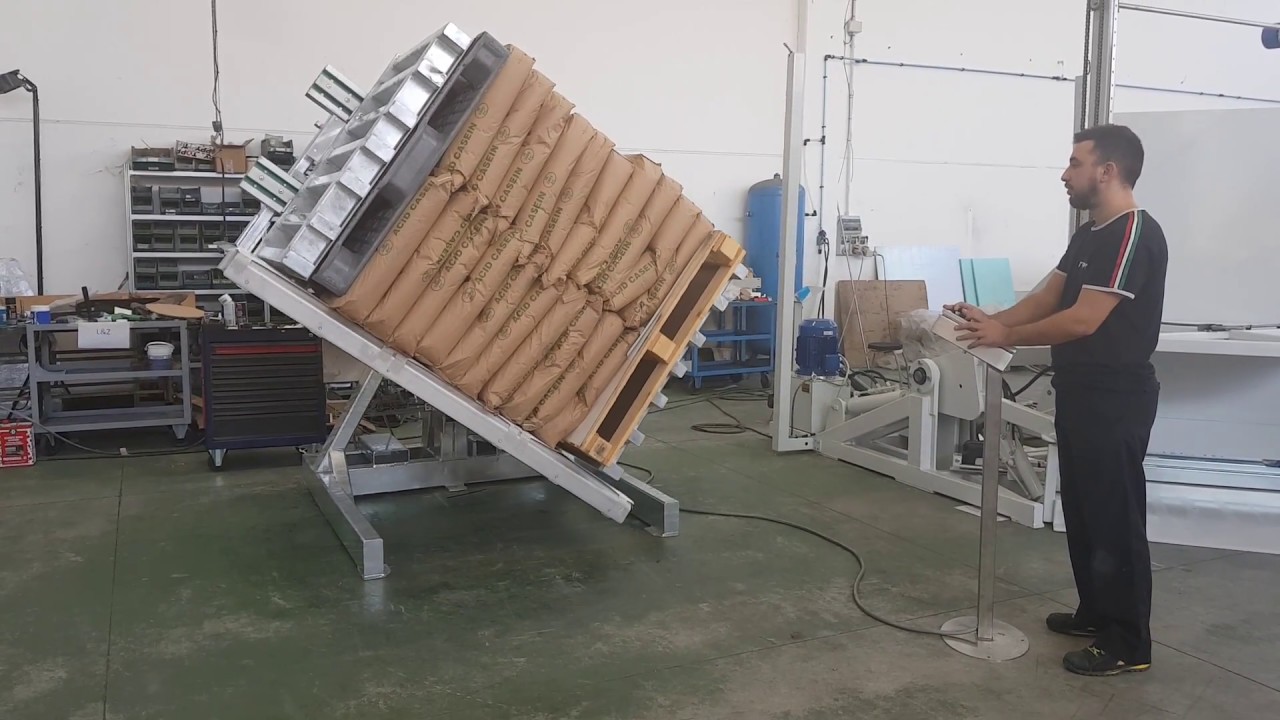
Calculating the True Cost of Your Investment
The initial purchase price is just the tip of the iceberg. A comprehensive TCO calculation is essential for any major equipment purchase. It provides a realistic view of what the machine will truly cost your business over its service life. Let's break down the key components. The first is Operating Costs. This includes the electricity or hydraulic power the machine consumes every day. A more efficient motor or hydraulic system might increase the initial price but save you thousands in energy bills over the years, a critical factor with fluctuating energy prices. It also includes the labor required to operate it. Is the control system intuitive, or does it require extensive training and a dedicated, highly-skilled operator?
The Link Between Build Quality and Long-Term Costs
Next are Maintenance and Spare Parts Costs. A machine built with lower-quality steel, cheaper bearings, or a standard motor will inevitably require more frequent repairs. I remember a client, a steel mill owner in Mexico. He chose a mold flipper that was 20% cheaper than our proposal. He was pleased with the initial savings. But within 18 months, the main gearbox failed due to inferior components. The replacement was expensive, but the cost of the production downtime was ten times higher. The build quality directly impacts reliability. You should ask potential suppliers about the grade of steel used, the brand of the motor and gearbox, and the quality of the hydraulic components. A higher initial investment in robust engineering is an investment in uptime and lower long-term costs.
Downtime: The Ultimate Hidden Cost
Finally, and most importantly, is the cost of downtime. Every hour your mold flipper is out of service, your entire production schedule can be affected. The cost of lost production often dwarfs any other cost associated with the machine. A reliable machine, built with quality components and backed by a solid design, is your best insurance against unplanned downtime. When you evaluate a mold flipper, you are not just buying steel and motors; you are buying production hours.
| Cost Factor | Low-Cost Flipper (Example) | Value-Engineered Flipper (Example) |
|---|---|---|
| Purchase Price | $80,000 | $100,000 |
| Annual Energy Cost | $7,000 | $5,000 |
| Annual Maintenance | $5,000 (frequent repairs) | $1,500 (preventive only) |
| Est. Downtime Cost/Year | $25,000 (2 failures/yr) | $2,000 (minimal) |
| 10-Year TCO | $450,000 | $285,000 |
Are You Overlooking Customization and Integration Needs?
You might find a standard, off-the-shelf mold flipper. It seems to meet your basic weight and size requirements. The supplier can deliver it quickly. This seems like an efficient purchasing process. But your factory is not standard. Your floor layout is unique. Your workflow has specific steps. Your existing cranes, conveyors, and transport systems follow a certain logic. A standard machine that doesn't fit perfectly can cause serious problems. It might create production bottlenecks, require awkward manual workarounds, or, critically, fail to connect with your modern plant management systems. This disrupts your goal of a seamless, automated, and efficient operation. A true equipment partner does not sell you a box. They analyze your specific operational environment and provide a solution that integrates perfectly.
The trap is assuming a "one-size-fits-all" machine will work in your unique facility. You must verify that the mold flipper can be tailored to your exact mold dimensions, weight capacities, cycle time requirements, floor layout, and digital infrastructure. Without proper customization, you risk creating inefficiency and operational bottlenecks.
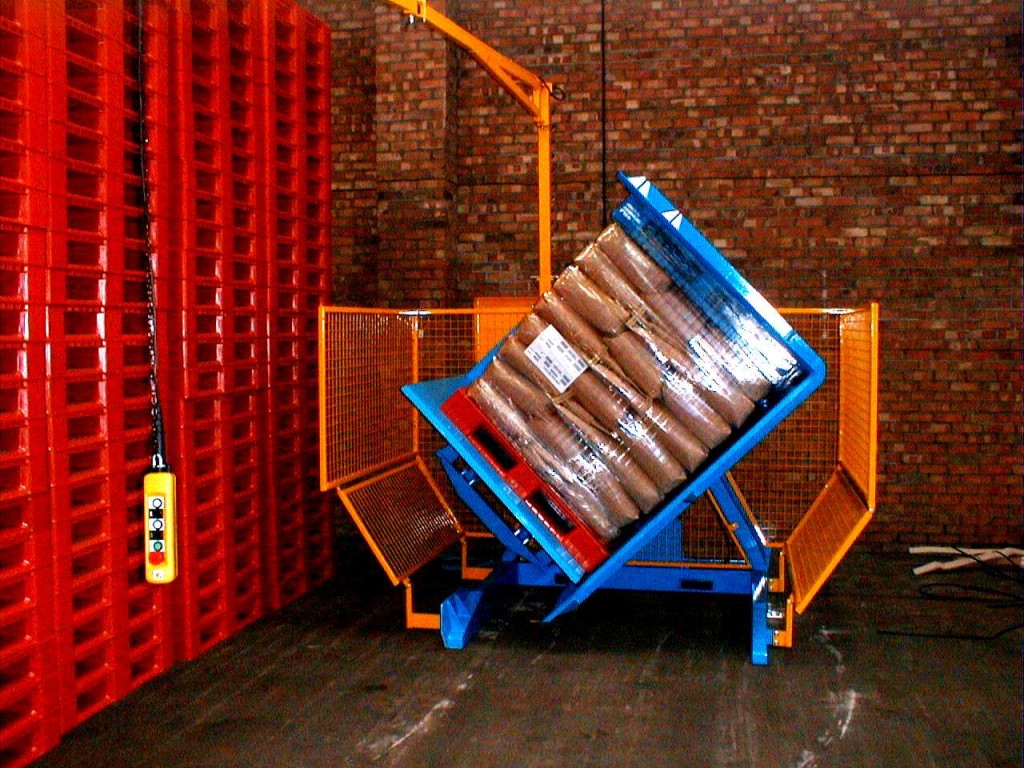
Physical and Workflow Integration
A mold flipper must work in harmony with your physical space and workflow. The first step is to consider the layout. Where will the machine be located? You need to account for loading and unloading paths. Will you use an overhead crane or a forklift? The machine's design must allow safe and efficient access. You should provide your supplier with a detailed drawing of the area. A good supplier will use this to propose a machine with the correct orientation and footprint. Then consider the mold itself. Molds are not standard. They have different shapes, sizes, and centers of gravity. A customized clamping system or support structure might be necessary to handle your specific molds safely and without causing damage. The machine's cycle time must also match the rhythm of your production line to avoid becoming a point of delay.
Digital Integration for the Modern Factory
For a forward-thinking leader, digital integration is not a luxury; it is a necessity. Your goal to increase产能利用率 to 95% and deploy MES and IoT platforms depends on your equipment's ability to communicate. A modern mold flipper should be more than a mechanical device. It should be a node in your digital ecosystem. Ask your supplier if the control system can be connected to your plant's MES. This allows for central monitoring, control, and data collection. Can they equip the machine with IoT sensors to monitor critical components like motor temperature, vibration, or hydraulic pressure? This data is the foundation for a predictive maintenance program, helping you move from fixing failures to preventing them. This directly supports your goal of reducing downtime.
Future-Proofing Your Investment
Your business will grow and change. The machine you buy today must support your needs for the next 15-20 years. This is what we call future-proofing. Does the machine's design allow for future upgrades? For example, if you anticipate handling larger molds in the future, can the machine be modified to accommodate them? Can the control system software be updated to include new features or improve integration capabilities? Choosing a standard, inflexible machine locks you into today's technology. Choosing a customizable, modular design from a forward-thinking supplier gives you the flexibility to adapt and grow.
| Integration Point | Questions to Ask Your Supplier | Red Flag (Standard Model) | Ideal (Customized Model) |
|---|---|---|---|
| Physical Fit | Can you adapt the footprint to our layout? | "This is our standard size." | "Yes, we'll design it to fit your space." |
| Mold Handling | How will it handle our specific mold shapes? | "It handles rectangular molds up to X tons." | "We can design custom clamps for you." |
| MES/Data | Can this connect to our Siemens/Rockwell MES? | "It has a basic PLC with a display." | "Yes, we support Profinet/EtherNet/IP." |
| Predictive Maint. | Can you add vibration and temp sensors? | "That is not a standard feature." | "Absolutely, we can integrate sensors and data output." |
Are You Ignoring After-Sales Support and Long-Term Partnership?
You have done the technical evaluation. You have negotiated the price. The purchase order is signed, and the machine is scheduled for delivery. It feels like the project is complete. But this is a dangerous mindset. The relationship with your supplier should not end at the point of sale; it should begin. Imagine the machine arrives, but the installation instructions are unclear or in a different language. Your team struggles to set it up correctly. Or worse, a critical component fails six months into operation. You call the supplier, but they are unresponsive. They have no local technician and tell you a spare part will take six weeks to arrive. Meanwhile, your production is at a standstill. The great price you negotiated now seems meaningless. The supplier you chose was just a seller, not a partner.
A critical purchasing trap is undervaluing after-sales support. A successful investment depends on a supplier who provides comprehensive installation support, detailed operator training, a clear plan for spare parts availability, and responsive, expert technical assistance. This support network is what truly maximizes your machine's uptime and protects your investment long-term.
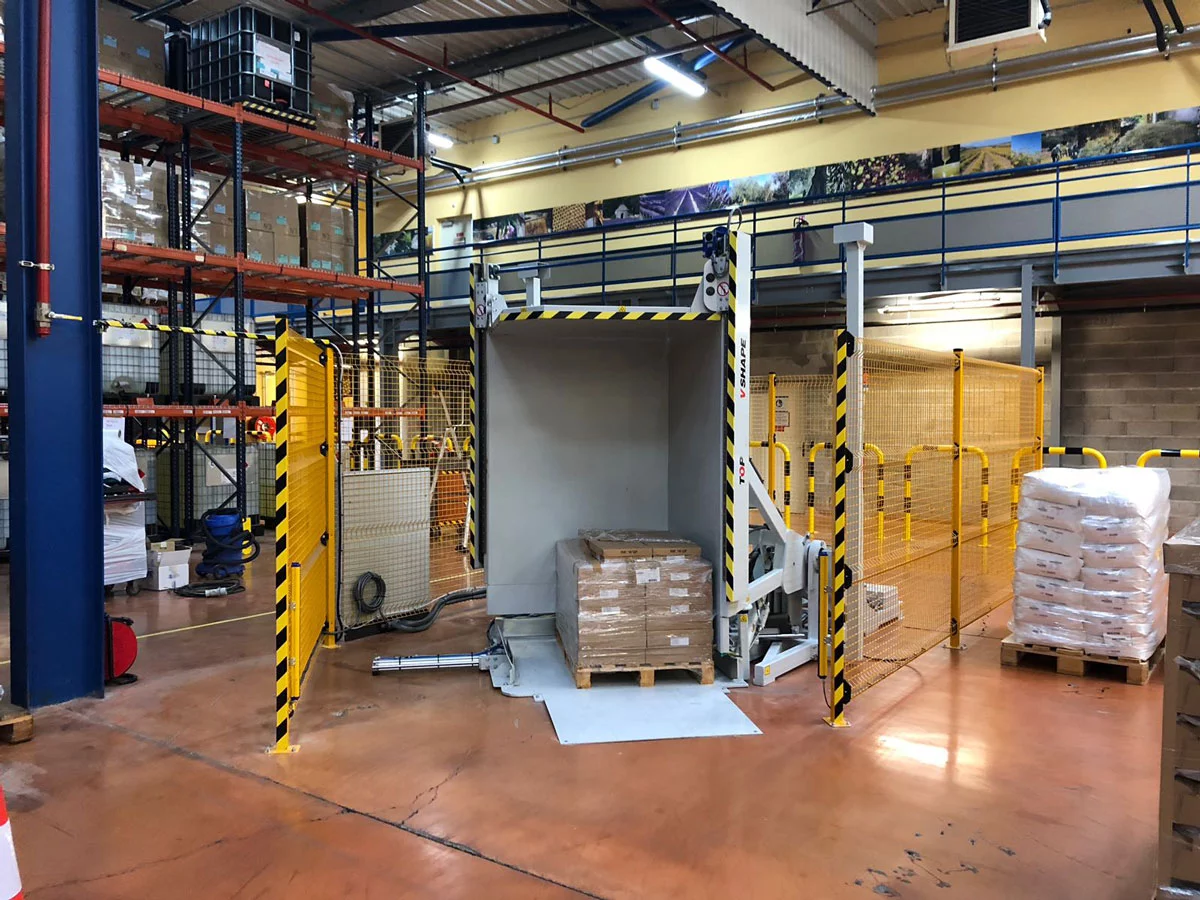
What "Good Support" Really Looks Like
Excellent after-sales support is a structured commitment to your operational success. It starts with installation and commissioning. A good partner can send an experienced engineer to your site to supervise the installation, ensuring it is done correctly and safely. This is not just about connecting wires; it is about integrating the machine into your workflow. The next step is training. Your operators and maintenance staff need to understand how to use and care for the machine. A partner will provide hands-on training for both groups. They will also provide comprehensive documentation, including mechanical drawings, electrical schematics, and operating manuals, in your team's language. A dedicated technical contact, someone you can call who knows your machine and your business, is a sign of a true partnership.
The Lifeline of Spare Parts and Technical Help
When a machine goes down, the speed of recovery is everything. This depends on two things: fast technical diagnosis and rapid access to spare parts. Before you buy, you must ask about the supplier's support system. Do they have technical support available in your time zone? Can they provide remote diagnostics by connecting to the machine's PLC? This can solve many problems without waiting for a technician to travel. For spare parts, you need a clear plan. Ask the supplier for a list of critical recommended spare parts to keep on-site. For other parts, what is their delivery guarantee? Do they have a regional distribution center? A supplier who cannot give you a clear, confident answer to these questions is a major risk.
From Supplier to Strategic Partner
The best suppliers evolve from sellers into long-term strategic partners. This is the kind of relationship I built my own company on. A partner is proactive. They don't wait for you to have a problem. They work with you to create a preventive maintenance schedule. They inform you about potential software updates or component upgrades that could improve performance or efficiency. They can even provide advice on meeting new safety or environmental regulations. A partner understands your business goals, like improving energy efficiency or implementing digital solutions. They actively look for ways their equipment and expertise can help you achieve those goals. You are not just buying a machine from them; you are investing in their knowledge and their commitment to your growth.
| Support Feature | Red Flag Supplier (Seller) | Ideal Partner |
|---|---|---|
| Installation | Sends a manual and expects you to handle it. | Offers on-site supervision by a qualified engineer. |
| Training | Provides a basic operating manual only. | Conducts on-site, hands-on training for operators and maintenance. |
| Technical Support | Email support with a 48-hour response time. | Dedicated contact, remote diagnostics, and local support options. |
| Spare Parts | "We can order it from the factory; takes 6-8 weeks." | Provides a critical spares list and has regional stock. |
| Long-Term View | Disappears after the warranty period ends. | Proactively suggests upgrades and maintenance improvements. |
My Final Insight: The Hidden Trap of a Mismatched Philosophy
I've detailed the practical traps of price, customization, and support. But there is one more, deeper trap. It is the trap of a mismatched philosophy. You are an innovator. I can see that from your background. You introduced waste heat power generation and smart scheduling platforms in your steel mill. You are not just running a factory; you are constantly evolving it to be more efficient, more profitable, and more sustainable. You need an equipment supplier who shares that philosophy. A supplier who is stuck in the past, who only knows how to build and sell a standard machine, cannot be your partner for the future. They will not understand your vision for a digitally integrated, highly optimized plant. Their equipment will become an anchor, holding you back, not a tool to propel you forward.
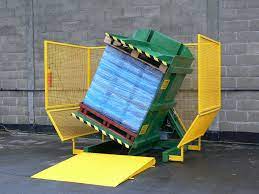
When I left my job as an engineer to start my own factory, I made a promise. I promised myself that SHJLPACK would not just be about selling steel. It would be about sharing knowledge and building partnerships. I achieved my own success by helping my clients solve their bigger operational challenges. I listened to their goals. I worked to understand their vision. Then, we designed solutions together. This is the philosophy that matters most. When you are interviewing potential suppliers for your 2025 mold flipper, I urge you to look beyond the technical specifications. Ask them about their vision for the future of manufacturing. Ask them how they are incorporating IoT and data analytics into their machines. Ask them to show you examples of how they have helped other clients achieve goals similar to yours, like reducing energy consumption or improving production visibility. Find the supplier who gets excited about your goals. Choose the partner whose philosophy of innovation and partnership matches your own. That is the secret to an investment that delivers value for decades.
Conclusion
A mold flipper is a long-term asset. Avoid these traps by focusing on total cost, demanding full customization, and choosing a true partner to ensure your 2025 investment drives your success.



